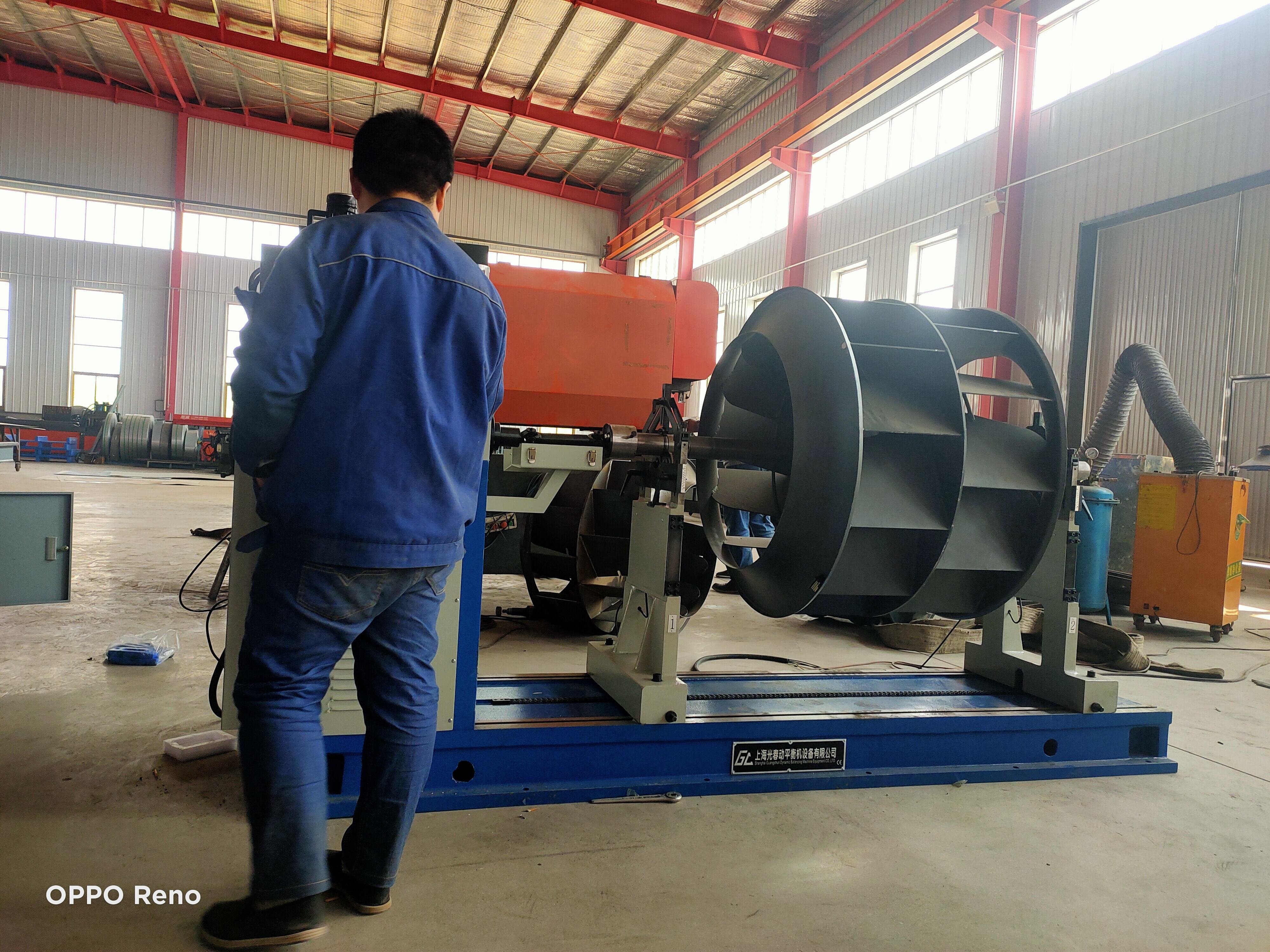dynamic balance machine
A dynamic balance machine is a sophisticated piece of equipment designed to measure and correct rotational imbalances in rotating components. This precision instrument utilizes advanced sensors and computer-controlled systems to detect even minute variations in mass distribution that could cause vibration, wear, and decreased performance. The machine operates by spinning the component at specific speeds while measuring the forces generated by any imbalance. Through high-precision measurements and real-time data analysis, it can identify exactly where weight needs to be added or removed to achieve optimal balance. Modern dynamic balance machines incorporate features such as automatic measurement cycles, digital displays, and intuitive software interfaces that simplify the balancing process. These machines are essential in manufacturing industries, particularly in automotive, aerospace, and industrial equipment production, where balanced components are crucial for equipment longevity and performance. The technology enables both single-plane and dual-plane balancing, accommodating various component sizes and weights. With capabilities ranging from micro-balancing to heavy industrial applications, these machines ensure components meet strict quality standards and operational requirements.


